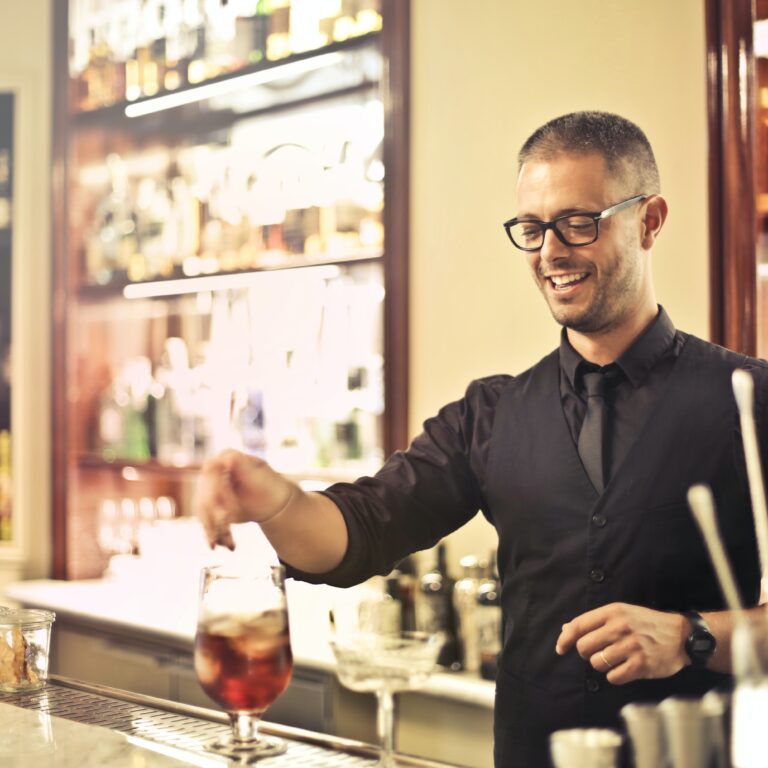As Costs for Restaurants, Retailers, and Hotels Rise, Automation’s Closing the Deficit Gap
Between sustained closure and limited capacity regulations, COVID-19 restrictions hit overall retailer, restaurant, and hotel revenue. Plus, implementing safe standards amidst the COVID-19 pandemic required increased product spend – ultimately impacting profit.
The good news is, between more control over COVID-19 and pent up consumer demand, business is back.
And after more than a year of drastically dipping revenues, retailers and, in particular, hospitality find themselves at a pivotal point for regaining profit. For many restaurants and hotels, it’s get back to pre-pandemic profit now or risk closing forever.
Fortuitously, retail, hospitality, and other industries face new hurdles that could hinder their chance to regain revenue. Not to mention some continued consumer concern over the negative health effects of COVID-19.
Increasing consumer demand is calling for increased labor demand. But factors like lingering COVID-19 health concerns and unemployment incentives are creating a workforce shortage. In May, unemployment fell from 6.1% to 5.8% despite increased job opportunities.
The weekly $300 sustained federal unemployment benefit means some unemployed actually receive more not to work, than to work. In other words, between federal unemployment and state unemployment benefits, what would be hourly workers may actually receive a better unemployment wage than their regular wage.
To incentivize workers, employers are paying out signing bonuses and increasing hourly wages. The National Review recently reported that wages grew at a 8.7% rate in April and a 6.1% rate in May. This expanded spending is directly increasing businesses’ operational costs.

Additionally, rising costs stemming from increased oil and gas prices continue to impact supply chain costs. These increases trickle down to daily direct business operations. The ripple effect means hotels, retailers, and restaurants are paying more for products and services.
In an environment fraught with rising costs, labor shortages, and the need to be particularly nimble, automation benefits retailers, restaurants, and hotels.
Accounting automation closes the gap between spend and revenue. A relatively low-cost alternative to labor, automated accounting tools like Cash Recycling & Reconciliation, Tips & Gratuities, Credit Card Reconciliation, and Group Billing can increase efficiency within accounting operations.
From a labor shortage standpoint, accounting automation optimizes staff through these increased efficiencies. For hotels, it creates opportunity for a shared service or centralized environment – meaning accounting resources are “clustered” to manage accounting processes at multiple properties. In this case, property operations can be segmented by city, country, region, or otherwise.
As hospitality and retail look to seize profit opportunity from current increased consumer demand, accounting automation will be key. It removes cost and optimizes staff, allowing restaurants, hotels, and retailers to flourish during this now-or-never economic recovery scenario.

